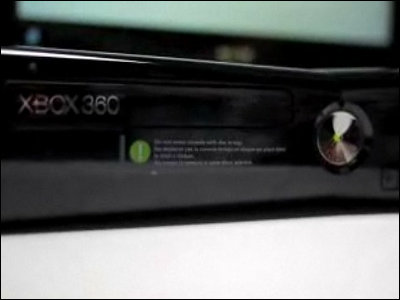A psychology professor considers the scientific explanation of the western version of Mr. Kokkuri's 'Ouija board'

Fortune-telling that asks questions to the spirit of the fox by chanting 'Kokkuri-san, Kokkuri-san,' and the person's hand placed on the desk moves on the Japanese syllabary chart to answer the question is called 'Kokkuri-san' in Japan. Although it is called, the 'Ouija board' that was popular overseas at the same time has almost the same properties. Megan Kenny, senior lecturer in psychology at
Ouija boards: three factors that might explain why they appear to work for some
https://theconversation.com/ouija-boards-three-factors-that-might-explain-why-they-appear-to-work-for-some-193059

The Ouija board places a wooden pointer called a 'planchette' on a wooden board with the alphabet, numbers 0 to 9, and 'yes', 'no', and 'goodbye' written on it. Place your hand and ask the 'spirit' a question. Many people think it's a kind of indoor group game where you don't know who's answering the question because multiple people move the planchette, but some people think that the dead or spirits move the planchette. .

The Ouija board was released in 1892 as a fortune-telling game by
Mr. Kenny thought about how the planchette would move in response to a question on the Ouija board, assuming that ``no participant intentionally moved the planchette'' and ``no ghosts or spirits exist''. In that case, he said that there are three possible scientific explanations.
First, there is a psychological phenomenon called the ideomotor effect. Ideomotor is a word derived from idea (idea) and motor (muscle activity), and is the idea that 'our actions are influenced by preceding thoughts, actions, and cognitions.' The phenomenon in which behavior is influenced by preceding stimuli, such as ``I saw an image or video of delicious rice, so I decided to make it a meal menu,'' is called the ``priming effect,'' and the ideomotor effect is considered to be one of them. You can In other words, even with the Ouija board, as a result of the recognition that ``playing a Ouija board that can communicate with ghosts and spirits'' precedes, participants ``unconsciously'' move the planchette that points to the letters and reveal the secrets they know. It may get lost.

The second explanation is also related to the ideomotor effect, but Kenny points out that the 'sense of agency' drives the Ouija board. A sense of agency is an attempt to control behavior that influences external events, such as ``I don't kick the table in front of me because it would overturn and clutter things on the table.'' Refers to subjective ability. Because they can predict the outcome, they take responsibility for their actions, but conversely, if the outcome is unpredictable or does not match their expectations, their sense of autonomy diminishes.
In
A third explanation for how Ouija boards work is through 'emotional contagion'. It is believed that strong emotions and anxiety become “contagious” when a shocking and emotional event occurs in front of us. In other words, the reason why the planchette on the Ouija board feels like it moves automatically is that the tension and excitement of starting the Ouija board after hearing that you are communicating with ghosts and spirits can sympathize with the participants. Anxiety may also spread, making it easier to feel that the planchette is moving on its own.

The ideomotor effect, sense of agency, and emotional contagion are thought to combine to make the Ouija board believe that spirits are moving the planchette, all of which are psychological reactions that can occur under certain circumstances. Therefore, it is difficult to reproduce the same environment for research. So, ``I can't say with complete certainty that I can explain what's really going on when I try to interact with the Ouija board,'' Kenny said.
Related Posts:
in Note, Posted by log1e_dh







